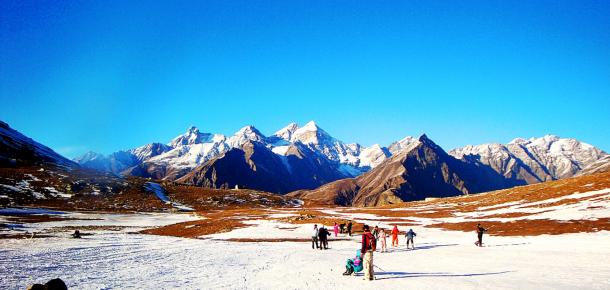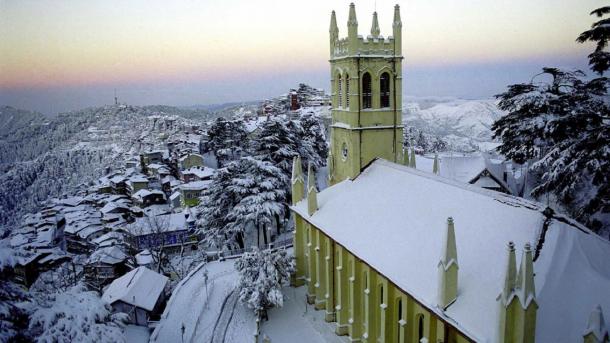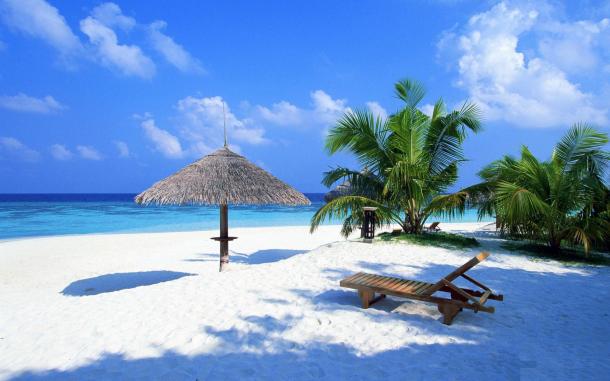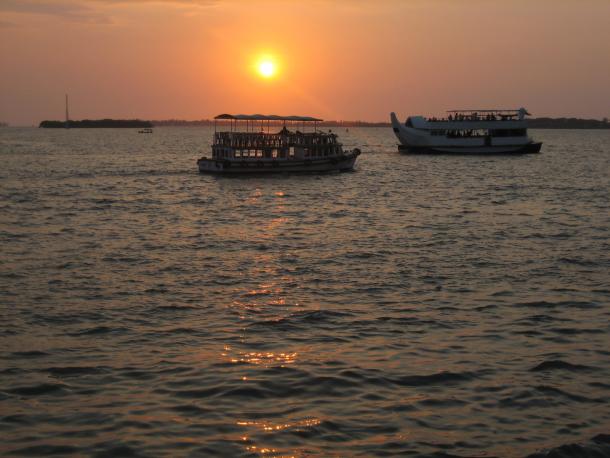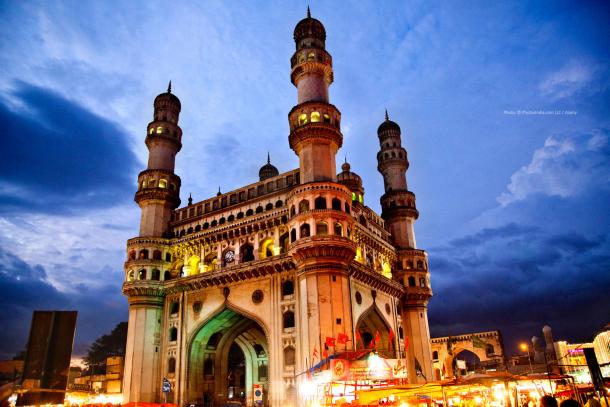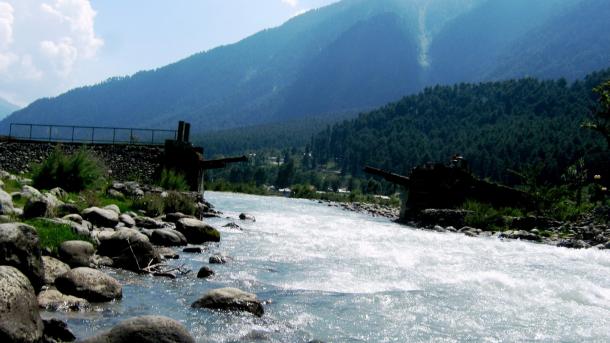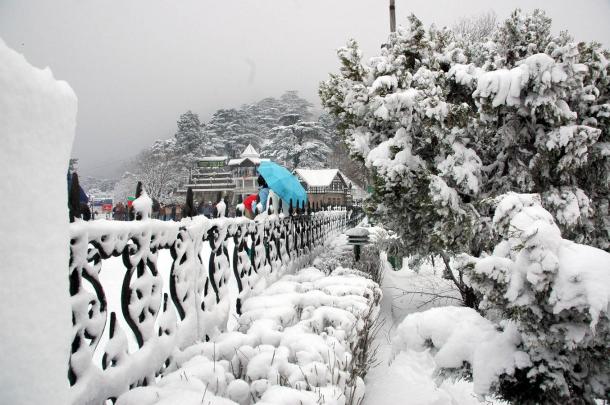AGRA, MATHURA, JAIPUR, DELHI
Agra is a city on the banks of the river Yamuna in the northern state of Uttar Pradesh, India. It is 378 kilometres west of the state capital, Lucknow, 206 kilometres south of the national capital New Delhi and 125 kilometres north of Gwalior.Jaipur is the capital and largest city of the Indian state of Rajasthan in Northern India. It was founded on 18 November 1727 by Maharaja Jai Singh II, the ruler of Amer after whom the city is named. As of 2011, the city has a population of 3.1 million, making it the tenth most populous city in the country. Jaipur is also known as the Pink City of India.
Highlights
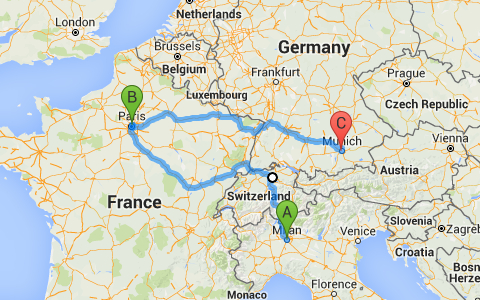
Explore Delhi attractions like mosque & monuments.
Visit Hawa Mahal the most prominent landmark of Jaipur.
Visit Taj Mahal in Agra,
Visit Lohwan Mata Mandir, Shri Ratneshwar Mahadev, Gopinath Maharaj Mandir, Keshav Dev Temple in Mathura.
Gallery
Itinerary
Day
Agra is a city on the banks of the river Yamuna in the northern state of Uttar Pradesh, India. It is 378 kilometres west of the state capital, Lucknow, 206 kilometres south of the national capital New Delhi and 125 kilometres north of Gwalior. With a population of 1,686,993, it is one of the most populous cities in Uttar Pradesh and the 19th most populous in India. Agra can also refer to the administrative district that has its headquarters in Agra city. It is a major tourist destination because of its many splendid Mughal-era buildings, most notably the Taj Mahal, Agra Fort and Fatehpur Sikri, all three of which are UNESCO World Heritage Sites. Agra is included on the Golden Triangle tourist circuit, along with Delhi and Jaipur.
The city was first mentioned in the epic Mahabharata, where it was called Agreva?a. Legend ascribes the founding of the city to Raja Badal Singh, a Sikarwar Rajput king, whose fort, Badalgarh, stood on or near the site of the present fort.
Mathura (About this sound pronunciation is a city in the North Indian state of Uttar Pradesh. It is located approximately 50 kilometres north of Agra, and 145 kilometres south-east of Delhi; about 11 kilometres from the town of Vrindavan, and 22 kilometres from Govardhan. It is the administrative centre of Mathura District of Uttar Pradesh. During the ancient period, Mathura was an economic hub, located at the junction of important caravan routes. The 2011 census of India estimated the population of Mathura to be 441,894.
Mathura is the birthplace of Krishna at the centre of Braj or Brij-bhoomi, called Shri Krishna Janma-Bhoomi, literally: 'Lord Krishna's birthplace'.[citation needed] It is one of the seven cities considered holy by Hindus. The Keshav Dev Temple was built in ancient times on the site of Krishna's birthplace (an underground prison). Mathura was the capital of the Surasena Kingdom, ruled by Kansa the maternal uncle of Krishna.
Jaipur is the capital and largest city of the Indian state of Rajasthan in Northern India. It was founded on 18 November 1727 by Maharaja Jai Singh II, the ruler of Amer after whom the city is named. As of 2011, the city has a population of 3.1 million, making it the tenth most populous city in the country. Jaipur is also known as the Pink City of India.
Located at a distance of 260 km from the Indian capital New Delhi, it forms a part of the Golden Triangle tourist circuit along with Agra (240 km). Jaipur is a popular tourist destination in India and serves as a gateway to other tourist destinations in Rajasthan such as Jodhpur (348 km), Jaisalmer (571 km) and Udaipur (421 km).
In Delhi, there are attractions like mosques and monuments that represent India's history. The important places in Old Delhi include the majestic Red Fort. New Delhi, on the other hand, is a modern city designed by Edwin Lutyens and Herbert Baker. New Delhi houses many government buildings and embassies, apart from places of historical interest.
The Qutub Minar, Red Fort and Humayun's Tomb are listed as UNESCO World Heritage Sites.
What's included
Non A/C coach as per tour programe.
Standard accomodation in 04 sharing.
All meals morning tea, breakfast, lunch and dinner (veg).
Tour manager as per demand.
Provide industrial visit as per demand.
All taxes.
Room sharing 04 in 1 room.
RATES EXCLUDES
Air fare / train fare.
Monument entrance fees.
Car for Rohtang Pass sightseeing.
Personal expenses.
Similar Packages
Information
Useful things to know before you go
North India is a loosely defined region consisting of the northern part of India. The dominant geographical features of North India are the Indus-Gangetic Plain and the Himalayas, which demarcate the region from the Tibetan Plateau and Central Asia.North India lies mainly in the north Temperate zone of the earth. Though cool or cold winters, hot summers and moderate monsoons are the general pattern. North India is one of the most climatically diverse regions on Earth. During summer, the temperature often rises above 35 °C across much of the Indo-Gangetic plain, reaching as high as 60 °C in the Thar desert, Rajasthan and up to 49 in Delhi. During winter, the lowest temperature on the plains dips to below 5 °C, and below freezing point in some states. Heavy to moderate snowfall occurs in Himachal Pradesh, J&K and Uttarakhand. Much of north India is notoriously infamous for heavy fog during winters.
Make an inquiry or call +91 981 1163 279
